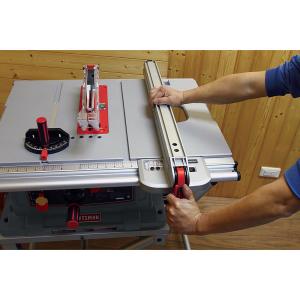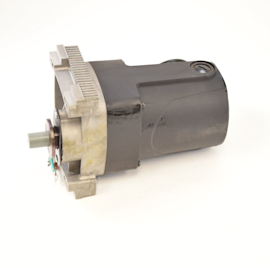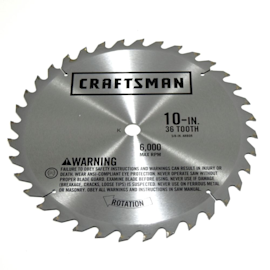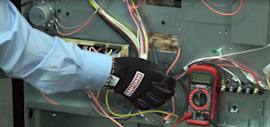- Kenmore refrigerator water filters
- Whirlpool refrigerator water filters
- Samsung refrigerator water filters
- GE refrigerator water filters
- LG refrigerator water filters
- Frigidaire refrigerator water filters
- KitchenAid refrigerator water filters
- Maytag refrigerator water filters
- Kenmore Elite refrigerator water filters
- Estate refrigerator water filters
- GE Profile refrigerator water filters
- Amana refrigerator water filters
- Bosch refrigerator water filters
- Dacor refrigerator water filters
- Electrolux refrigerator water filters
How to maintain a table saw


Periodic maintenance of a table saw is essential to keep it in good working order and protect your personal safety. The buildup of dust, sap and other residue over time can make sliding your work pieces across the table more difficult, affecting both accuracy of your cuts and safety of the saw.
Clean all sawdust that has accumulated inside the saw cabinet, adjustment controls, gears and motor. Use a stiff brush to loosen the dust and a shop vacuum to remove the dust, or compressed air to blow the dust away.
Lubricate the gears and pivot points with a drying spray lubricant to keep the adjustment mechanisms operating smoothly.
Clean cutting blades with pitch and gum remover. Always use a clean blade to reduce feed pressure, obtain cleaner cuts with less burning, and to reduce the risk of kickback.
Clean the tabletop with a light oil lubricant and fine steel wool to remove resin or gum buildup.
Polish the tabletop, rip fence and front fence guide with an automotive or paste wax. This allows materials to slide more easily along surfaces, easier cleanup and more precise fence adjustments.
Use a mild, liquid dishwashing detergent and warm water to clean any plastic pieces; never use harsh cleaning chemicals or solvents, or products containing ammonia to clean the saw as damage could occur.
Along with routine cleaning, after every 5 hours of operation make sure the following alignments and adjustments are checked. Table saws differ from each other, so follow the specific instructions in the owner's manual for your model.
Check the blade raising and tilt mechanisms for looseness or binding, observing any movement in the motor mounting mechanism, and adjust if needed.
Check the alignment of the motor and arbor pulleys with a straightedge–it should lay flat against the face of each. Adjust the motor pulley if out of alignment.
Visually inspect the belt for any signs of wear or damage, and make sure the tension is correct.
Make sure the throat plate and table extensions are flush with the tabletop; the rip fence, blade and miter gauge slots are parallel with each other; and the rip fence and miter gauge are at 90 degrees to the table.
Check and adjust the tilt angle stops following the directions in your owner's manual.
Inspect the blade guard and ensure the anti-kickback pawl teeth are sharp, and make sure the kerf splitter is in line with the saw blade.
Symptoms for table saws
Choose a symptom to see related table saw repairs.
Main causes: worn motor brushes, faulty drive motor, using an improper extension cord…
Main causes: lack of power, broken on/off switch, bad motor overload, broken power cord, bad drive motor…
Main causes: saw dust build up, blade elevating and tilting mechanisms need lubrication…
Main causes: blade alignment needs adjustment, worn blade, bevel positive stops need adjustments, bevel pointer needs ad…
Main causes: worn motor brushes, bad drive motor, faulty overload switch, using an improper extension cord, binding saw …
Main causes: dirty saw blade, dull or damaged saw blade, blade alignment needs adjustment…
Repair guides for table saws
These step-by-step repair guides will help you safely fix what’s broken on your table saw.

How to adjust a table saw blade
If the table saw isn’t cutting parallel to the miter gauge groove, adjust the cutting blade following the instructions i…
Repair difficulty
Time required
30 minutes or less

How to replace a table saw drive motor
You can replace a table saw drive motor that is weak or won't run. Here’s how.…
Repair difficulty
Time required
45 minutes or less

How to replace a table saw blade
If the table saw blade is dull or damaged, use these simple steps to replace it.…
Repair difficulty
Time required
15 minutes or less
Articles and videos for table saws
Use the advice and tips in these articles to get the most out of your table saw.

Learn about all the convenient features on our Sears PartsDirect website that make your parts purchases easier.…

Get answers to frequently asked questions about Sears and Sears PartsDirect.…

Learn how to use a multimeter to check for wiring problems in an appliance that's not working…